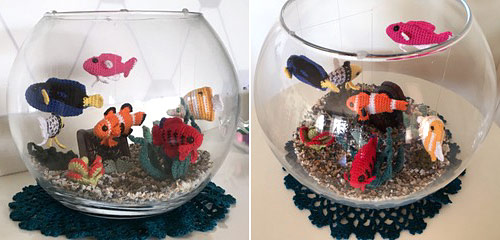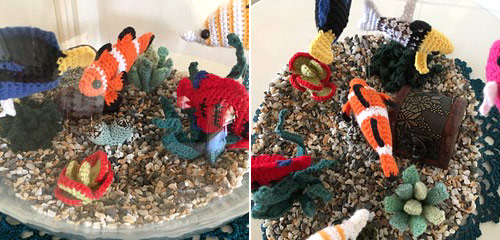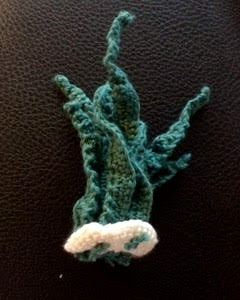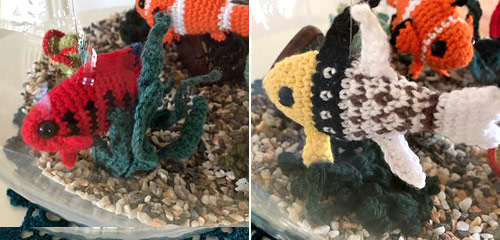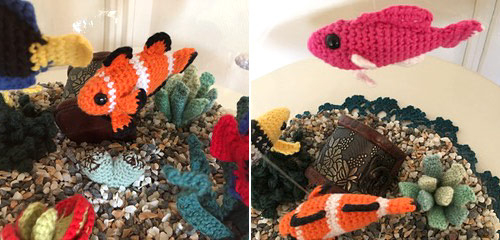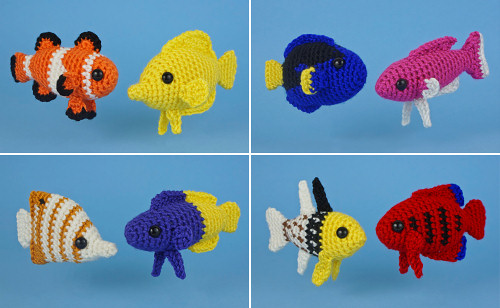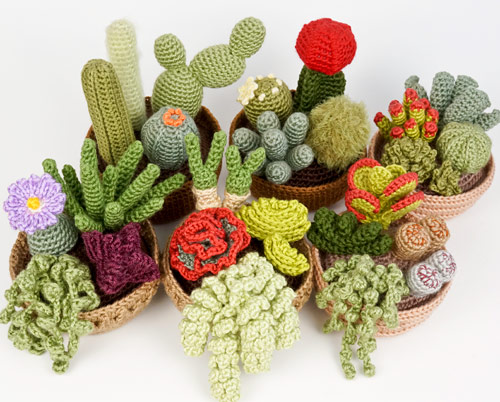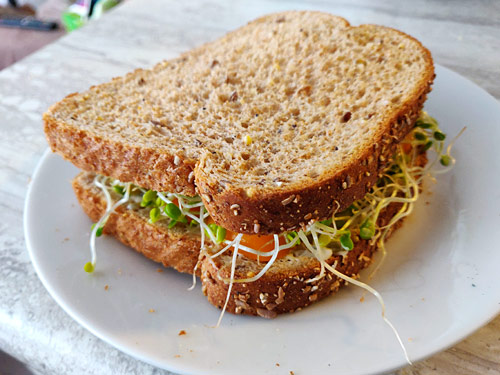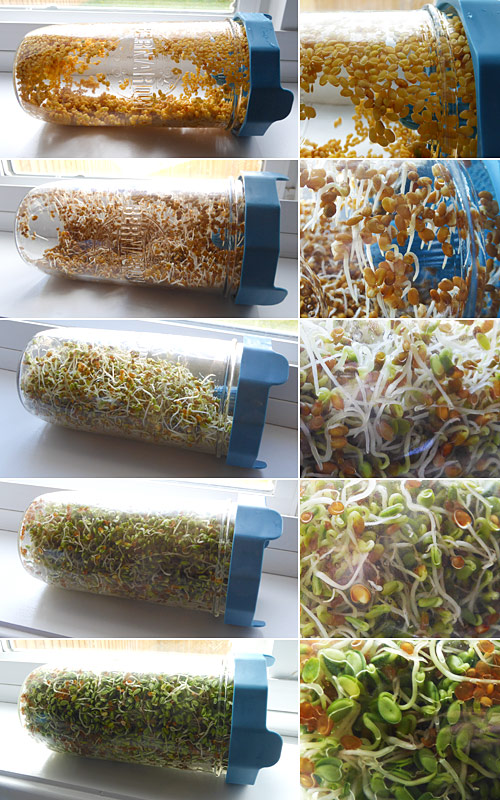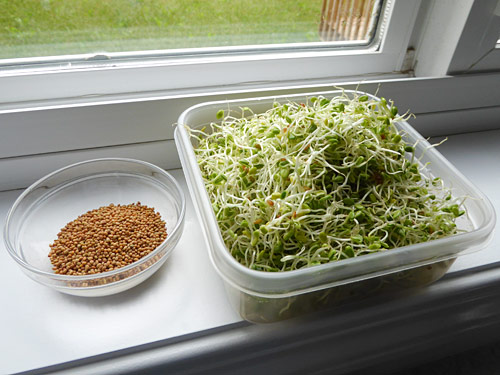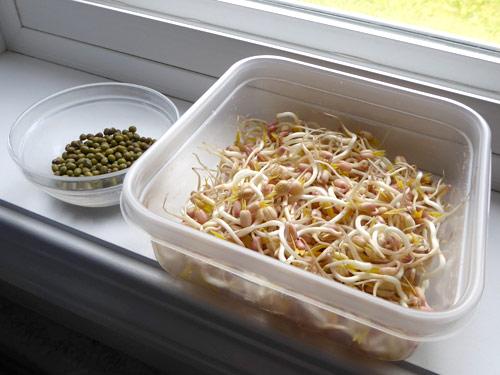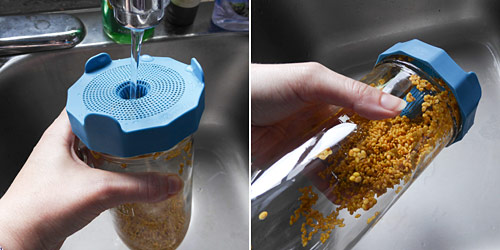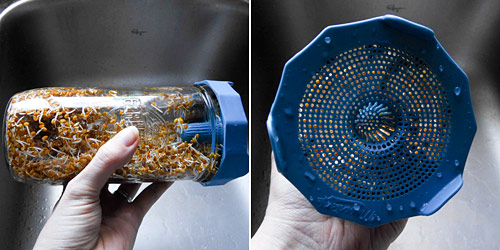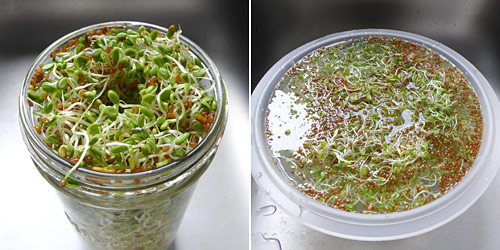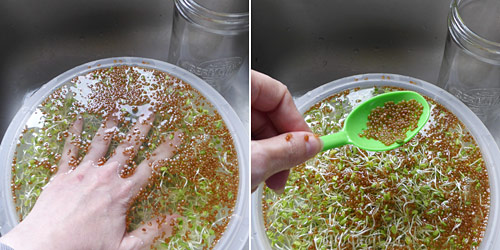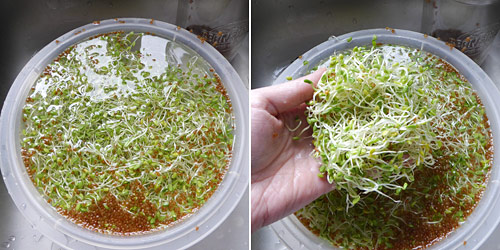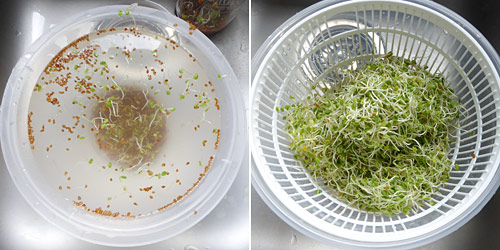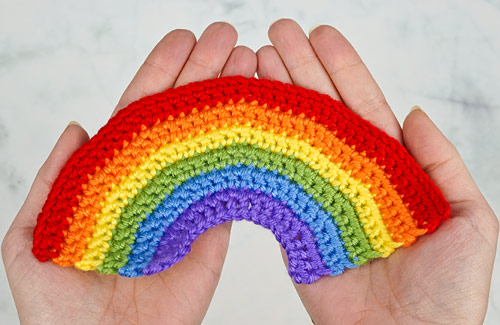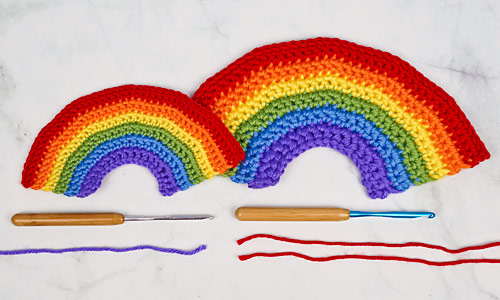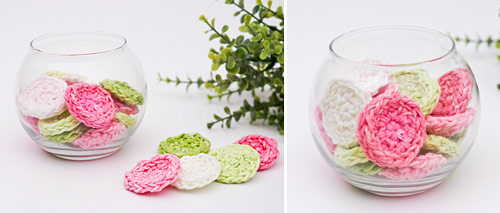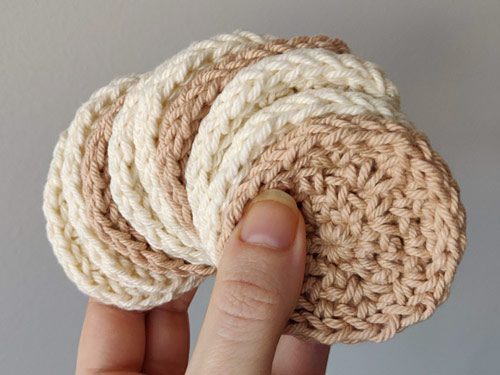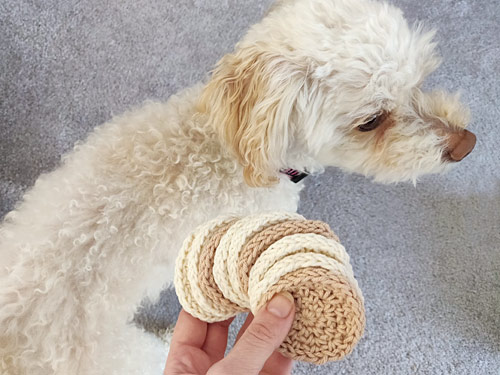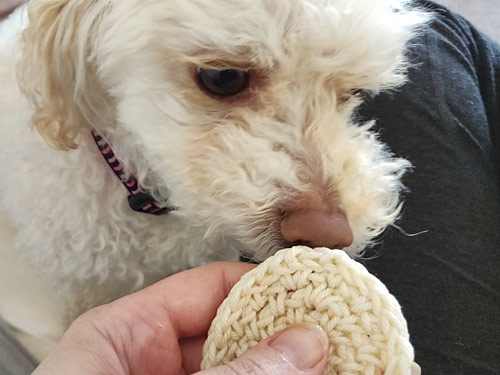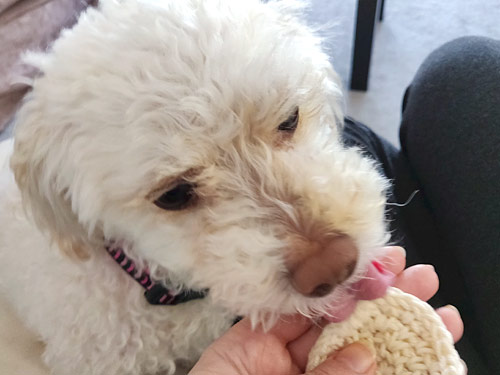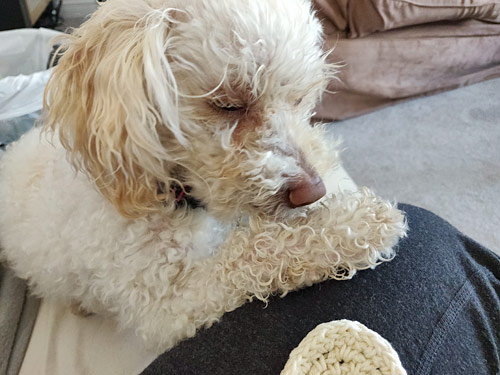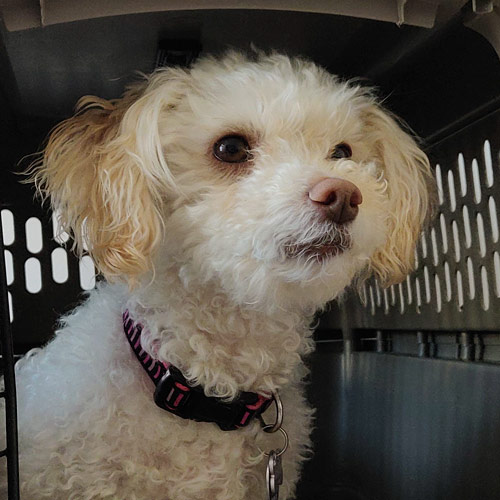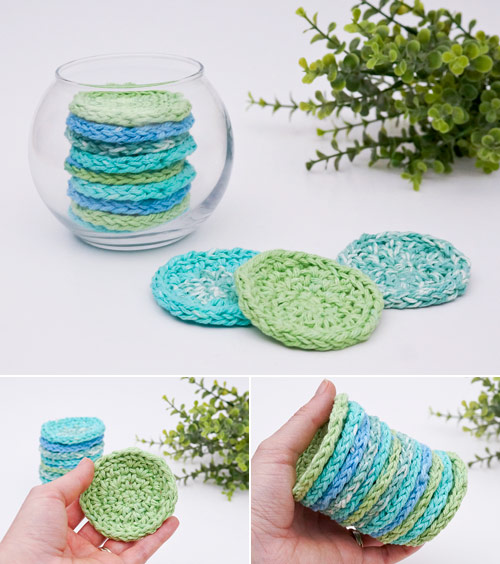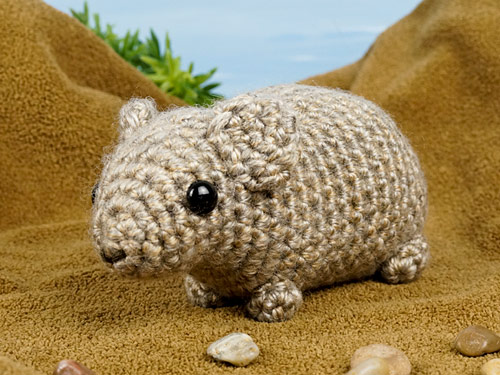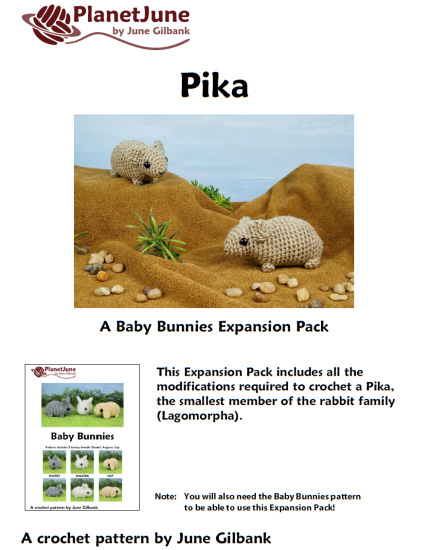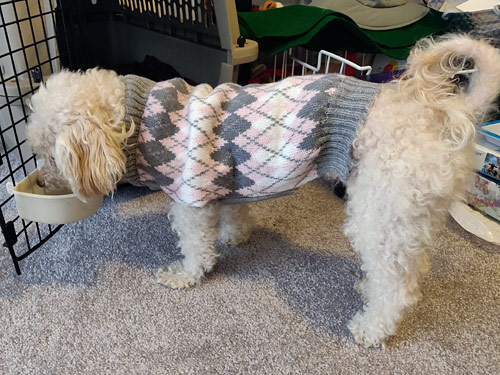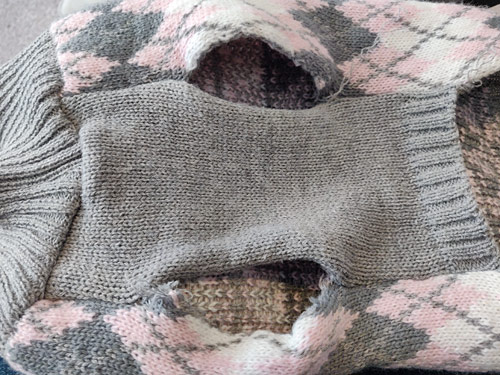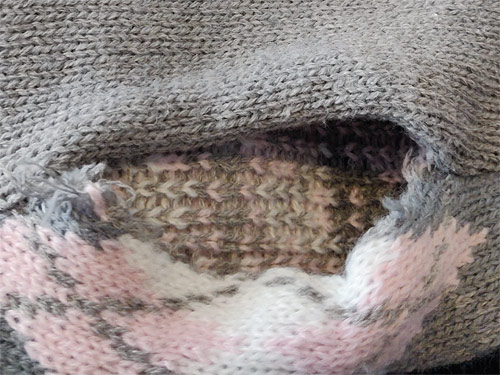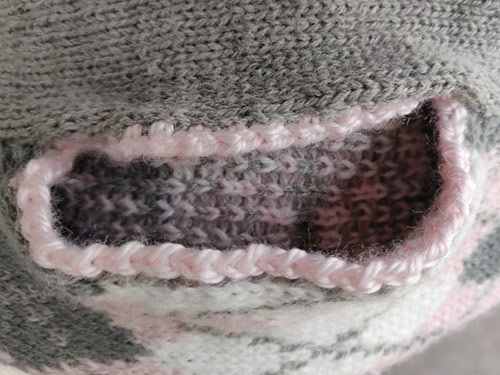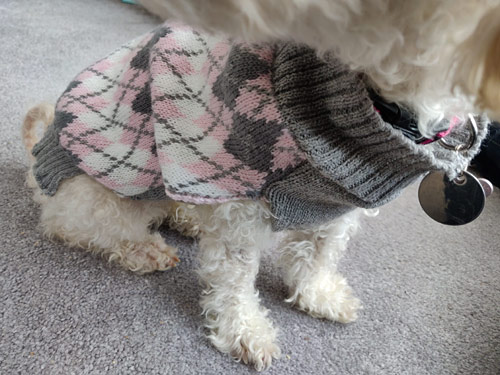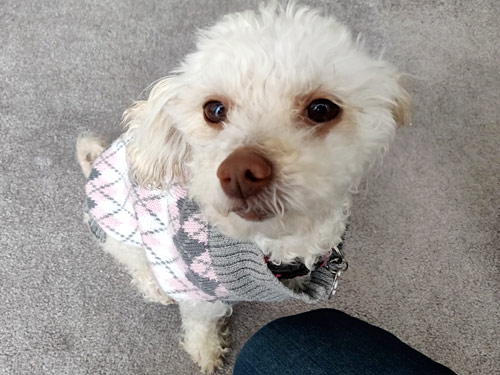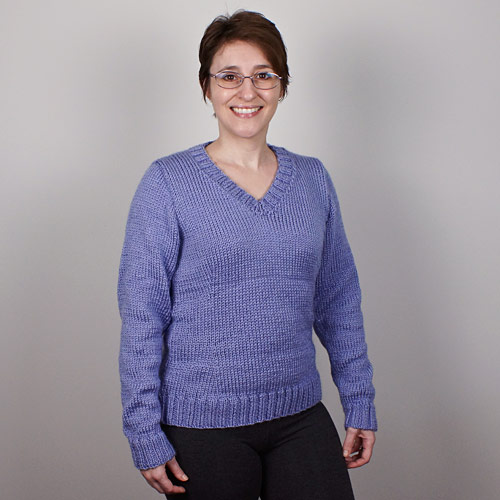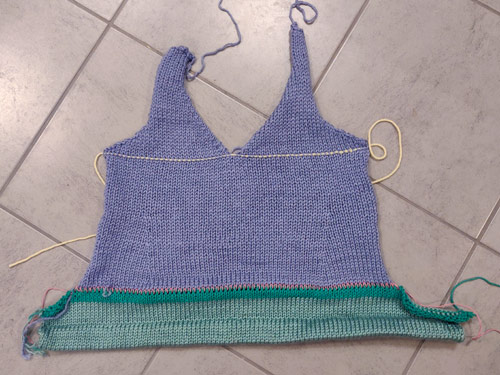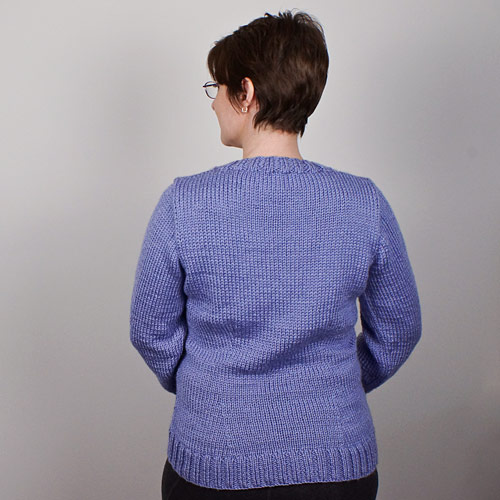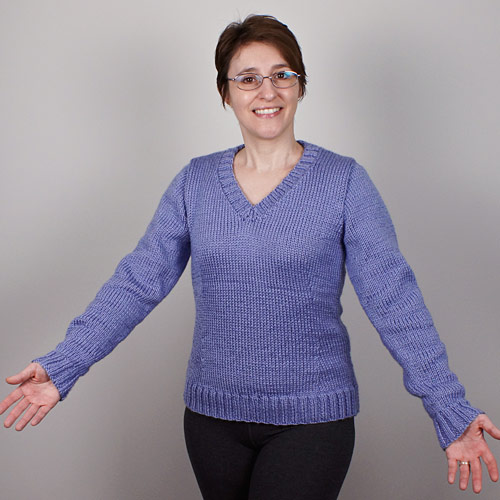Today’s PlanetJune Story is a follow-up from last month’s story of 10-year old Seth and his crocheted dinosaurs. Seth’s mom Amy and brother Benjamin have contributed this month, to tell us about their family’s crochet time, and Amy shares her tips for teaching kids to crochet.
I think she knows what she’s talking about – the crochet force is strong in this family 😉
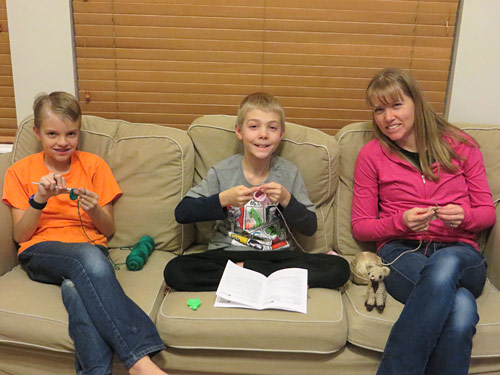
Benjamin, Seth and Amy crocheting together!
And now over to Amy and Benjamin:
Amy’s Story
I learned to crochet twenty years ago, but after making one baby blanket, I quit. I didn’t like the tedium of doing the same stitch endlessly back and forth.
When we gave my son Seth a crochet kit for Christmas last year, I knew I would have to learn in order to help him. We spent two days straight of crocheting, unpicking, recrocheting, counting, and celebrating anytime we miraculously had the correct number of stitches at the end of a round. We laugh at Seth’s lion now, crocheted wrong-side out with messy seams, but we love him for the victory he represents.
Before too long, I was in love with crocheting as much as Seth was. I started making critters in random colors to use up whatever yarn I had. Making amigurumi was much more enjoyable than the boring baby blanket of my youth.
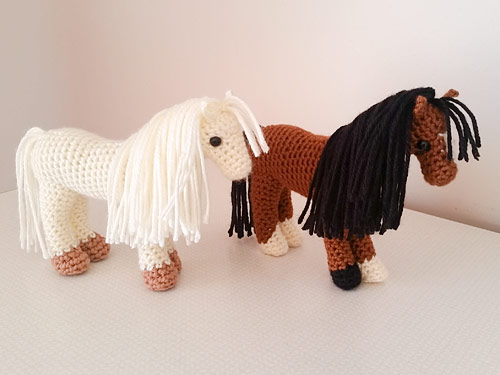
Amy’s horses
By April, my oldest son wanted to learn to crochet as well, and my youngest two sons wanted me to teach them how to chain.
Now, a neighbor comes over weekly for a crochet party, and several neighborhood kids have asked us to teach them. For me, crocheting began as an attempt to help my son and use up a few random balls of yarn. Crochet has become a full-blown hobby, not just for myself, but for my children and our friends too.
Benjamin’s Story
Hi, I’m Benjamin, age twelve, and I love to crochet!
When my brother started crocheting, I saw the cute little animals he made and wanted to make some too! He and my mom taught me how. Then one day, my mom bought the horse pattern from PlanetJune, and made two cute little horses for my grandma. When I saw the finished result, I wanted to make my own horse, modeled after Black Beauty from the book.
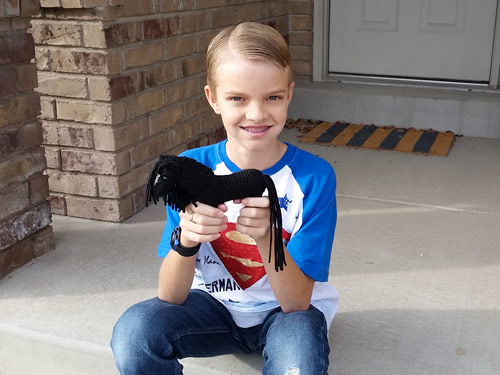
Benjamin with his Black Beauty – good work, Benjamin!
Recently, I showed some of my critters to a neighbor and she wanted to buy one from me. She said she wanted a sloth, but it was tricky to find a good pattern until I looked at PlanetJune’s sloth. I loved the cute face markings, and the ability to hang! It was so cute I almost didn’t want to part with it!
I think my favorite part of PlanetJune is the tutorials. The tutorial about sewing pieces of animals together really helped my critters go from good to excellent! I have also helped some people learn how to crochet, and the magic ring tutorial helps them remember how to do it when they get home!
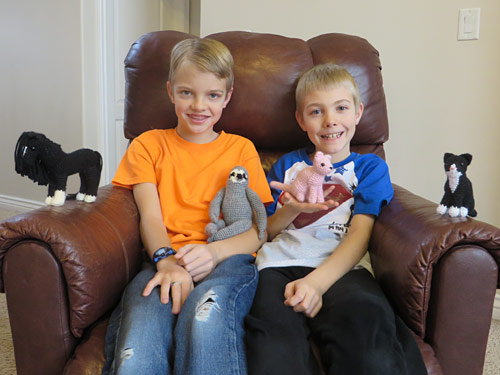
Benjamin with his Black Beauty and Sloth, and Seth with some of his AmiCats
Amy’s tips for teaching kids how to crochet
- Watch the tutorials on PlanetJune. There are tons of tutorials out there, but you may as well start with the best.
- Choose a pattern your child really wants to make… the motivation is crucial. My boys especially like PlanetJune patterns because they are realistic, and I like them because they have pictures and very clear instructions so that the kids can easily follow them. If you are going to spend the time making a critter, you want to be very sure that the pattern is a good one. June has also been super helpful and responded quickly whenever we have had a question. [June: I’m so happy to hear that, Amy!]
- Don’t be afraid to do the hard parts for your children when they are starting out. You won’t cripple them. When Seth started, I usually did the magic ring and the first few rounds for him. When he would get too overwhelmed or if we had to undo stitches, I would fix what was broken. This kept his enthusiasm high, and before I knew it, he surprised me by making his first magic ring. I don’t think I have crocheted anything for him since, even bobble stitches, picots and back post single crochet.
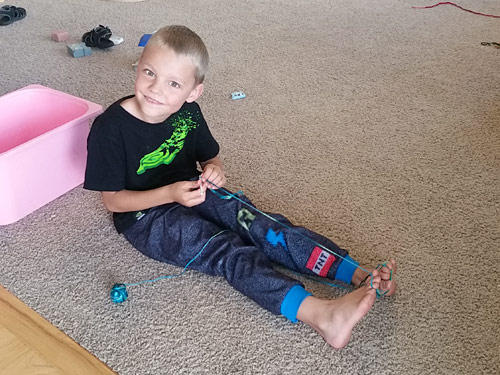
Even Amy’s youngest sons are learning how to chain
Amy and sons’ life lessons learned from crochet
- Everyone has a different way of doing things. It’s okay to do what you like, and let others do what they like.
- Mixing our own creativity with what we learn from others is fun!
- Patience and work are necessary to create something you like. Innovation and flexibility are too, because mom won’t buy a whole skein of yarn for just a few stitches. Sometimes you just have to work with what you have.
- Self-compassion is important, especially when your item doesn’t look like the picture in the pattern.
- Most things don’t look exactly like the picture, but they can still look fantastic in their own way.
- Taking the time to fix a mistake, even very painful ones, is worth the effort.
- Mom can help fix a lot of mistakes, and it is okay to ask for help.
- Step away and take a deep breath (or many) before trying to fix any mistakes. A calm brain is much more effective at problem solving.
- Everyone makes mistakes and has to try again sometimes… even mom.
- Everyone has something to offer the world… even kids.
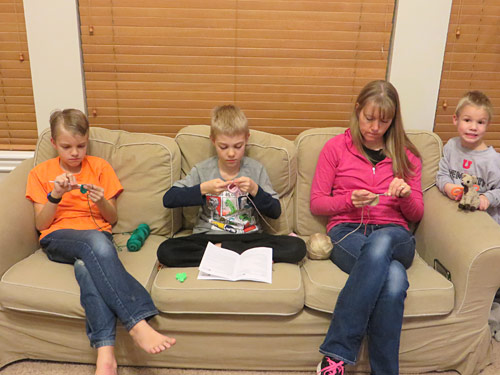
It’s a happy family that crochets together…
(Back to me, June, again!)
Amy has shared such good advice here – and those life lessons also apply to much more than just crocheting with kids! I hope this may motivate some of you to see if your kids (or other children you know) might like to have a go at our favourite hobby..? Even crocheting a simple chain from a colourful yarn can provide hours of fun, plus it builds hand-eye coordination and dexterity, and encourages creativity.
Thank you so much, Amy, Benjamin (and Seth), for sharing your story with us today. Aren’t they an inspiring and talented family?
Please leave them a comment if you’ve enjoyed this post!
Do you have a PlanetJune Story you’d like to share? I’d love to hear it! Please email your story to june@planetjune.com, together with one or more high quality photos showing what you’ve made from PlanetJune patterns. If I choose your story to feature here on the blog, I’ll send you your choice of pattern from my shop to say thank you!
PS – If you’re looking for the PlanetJune patterns featured above, here are the links to the patterns in my shop: Horse, Sloth, AmiCats 🙂
